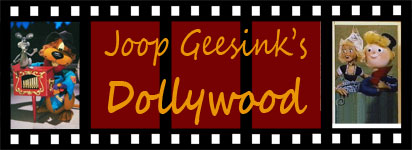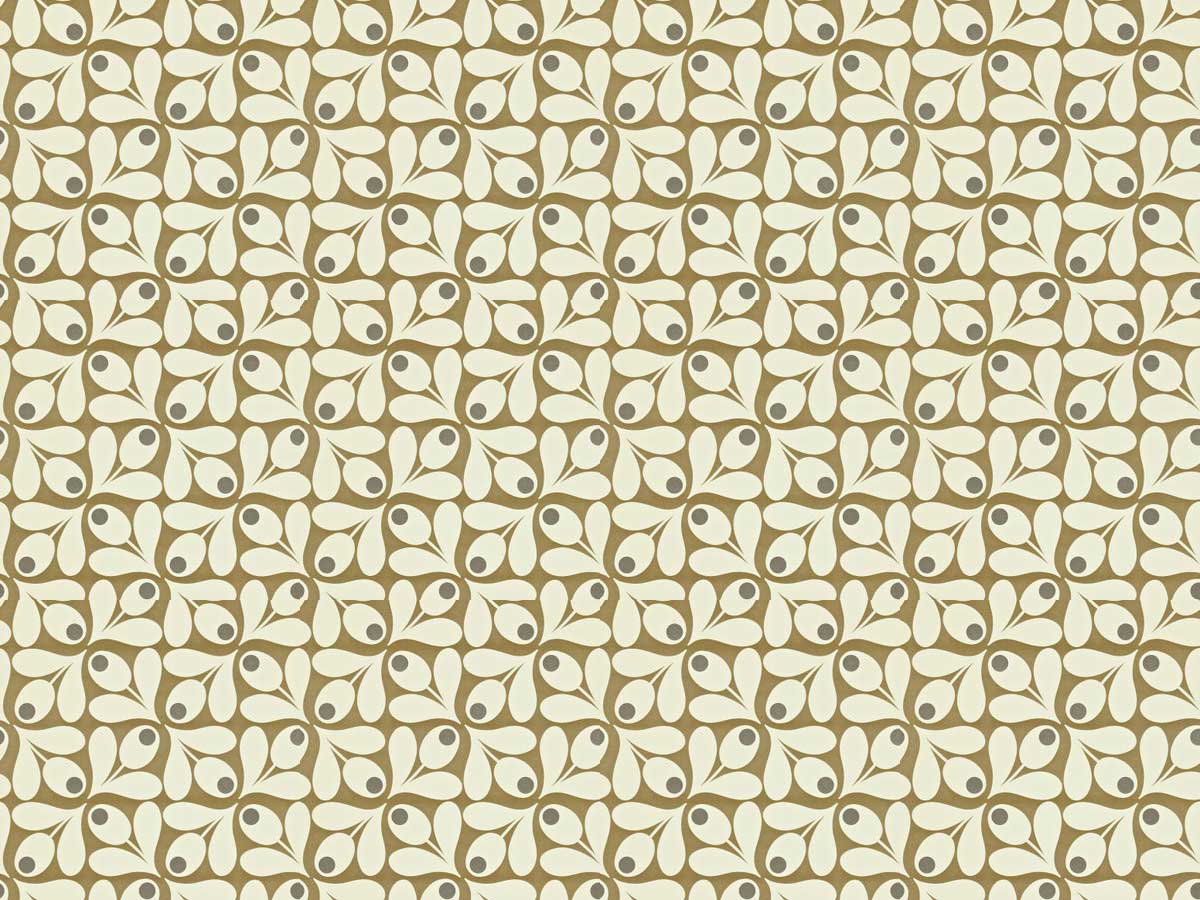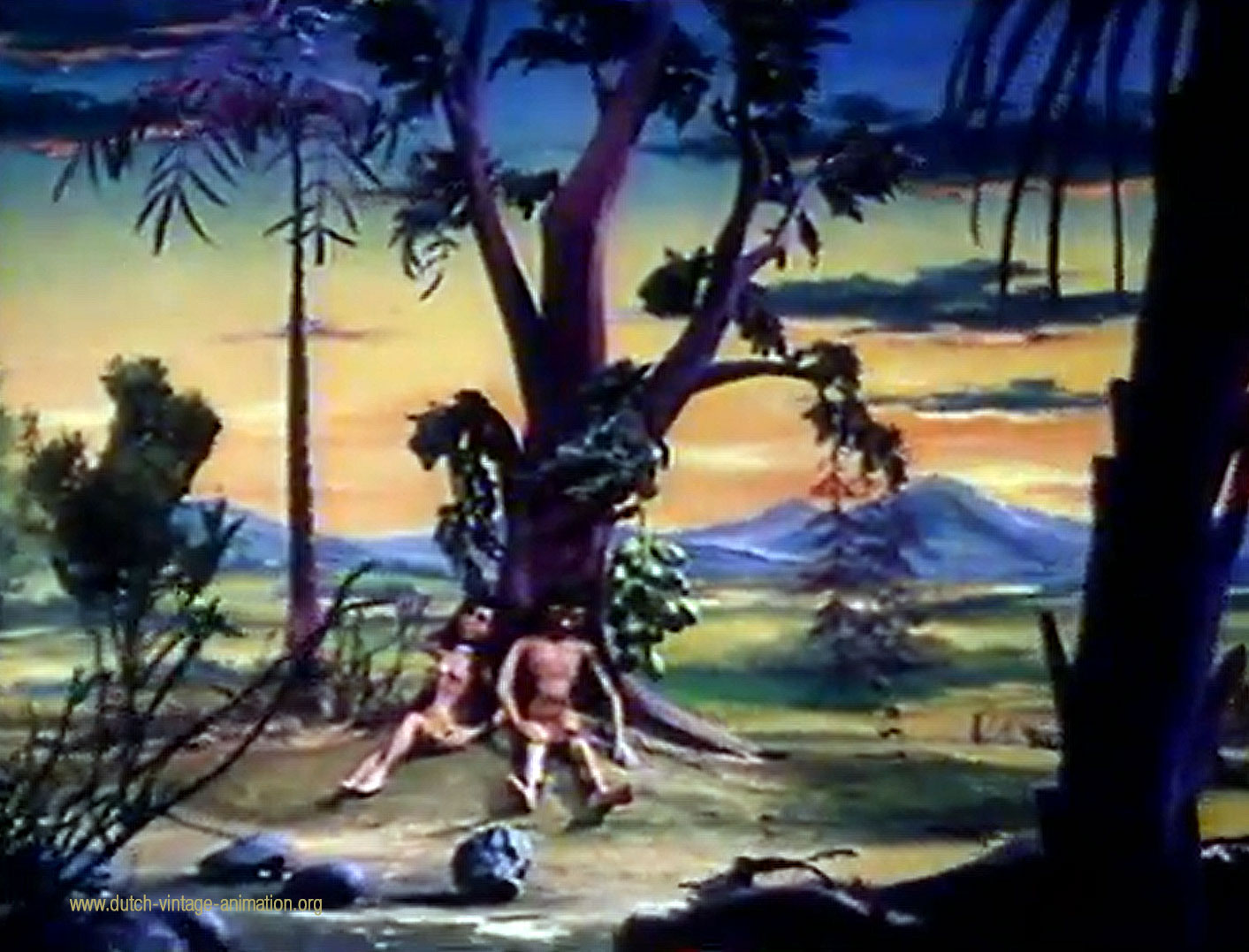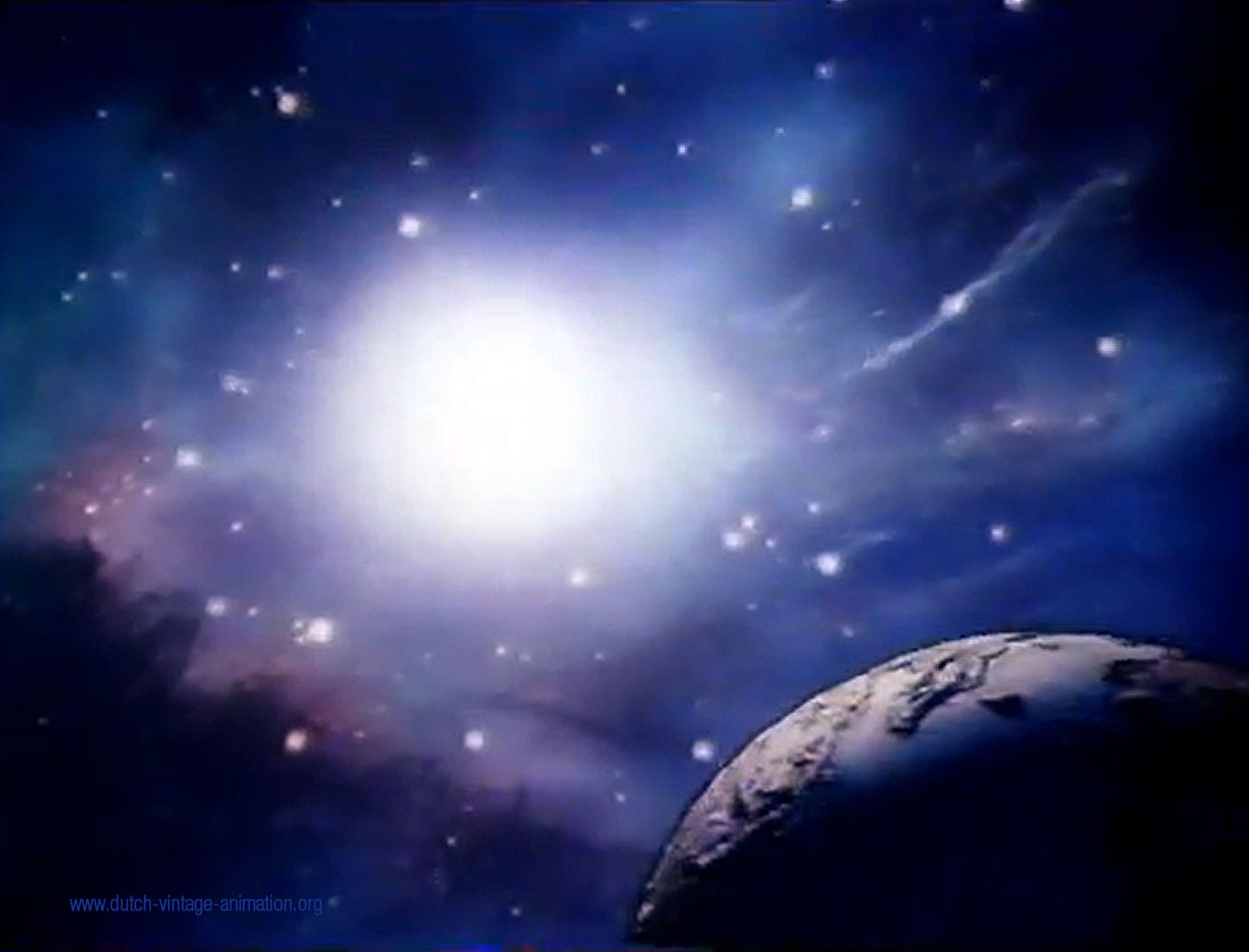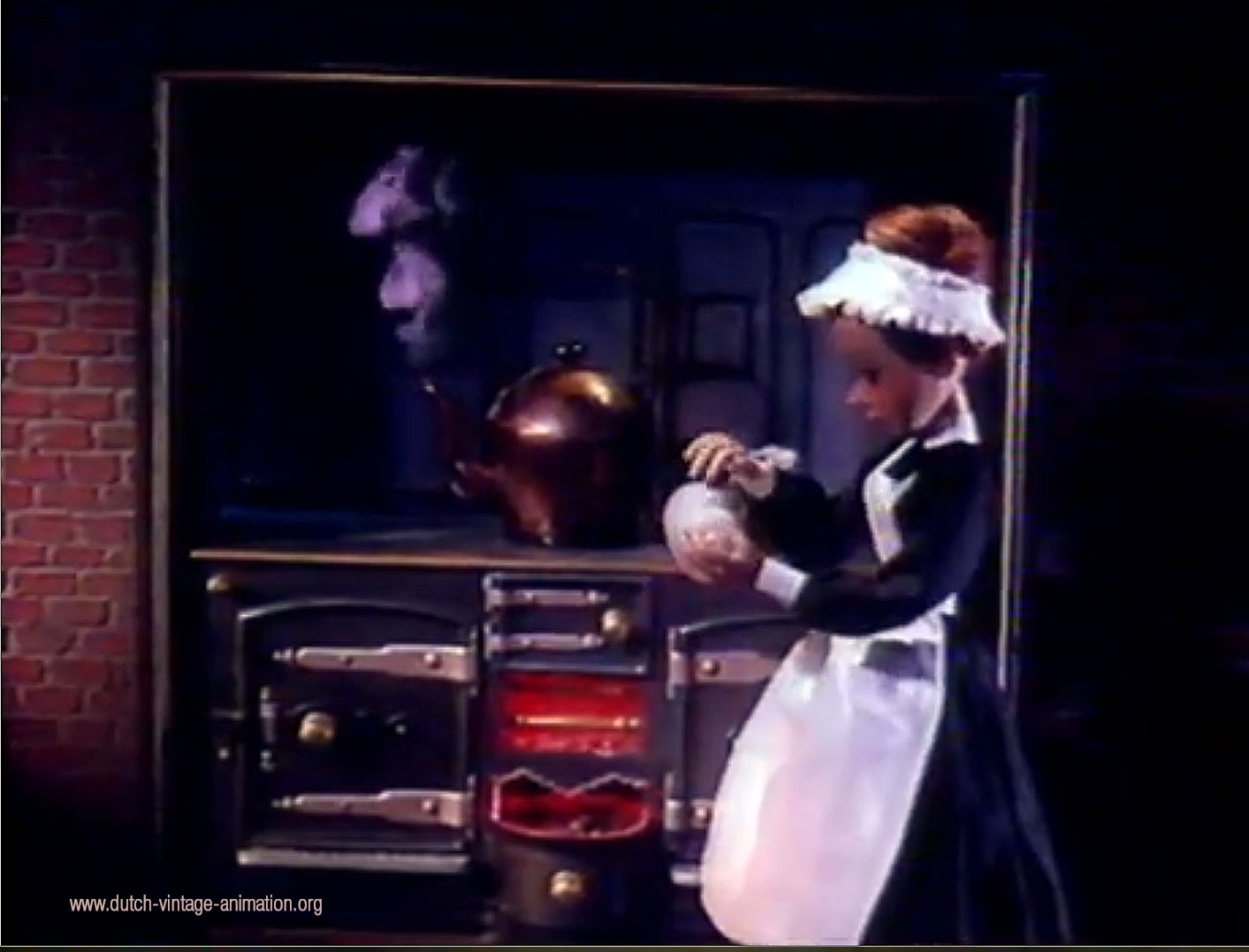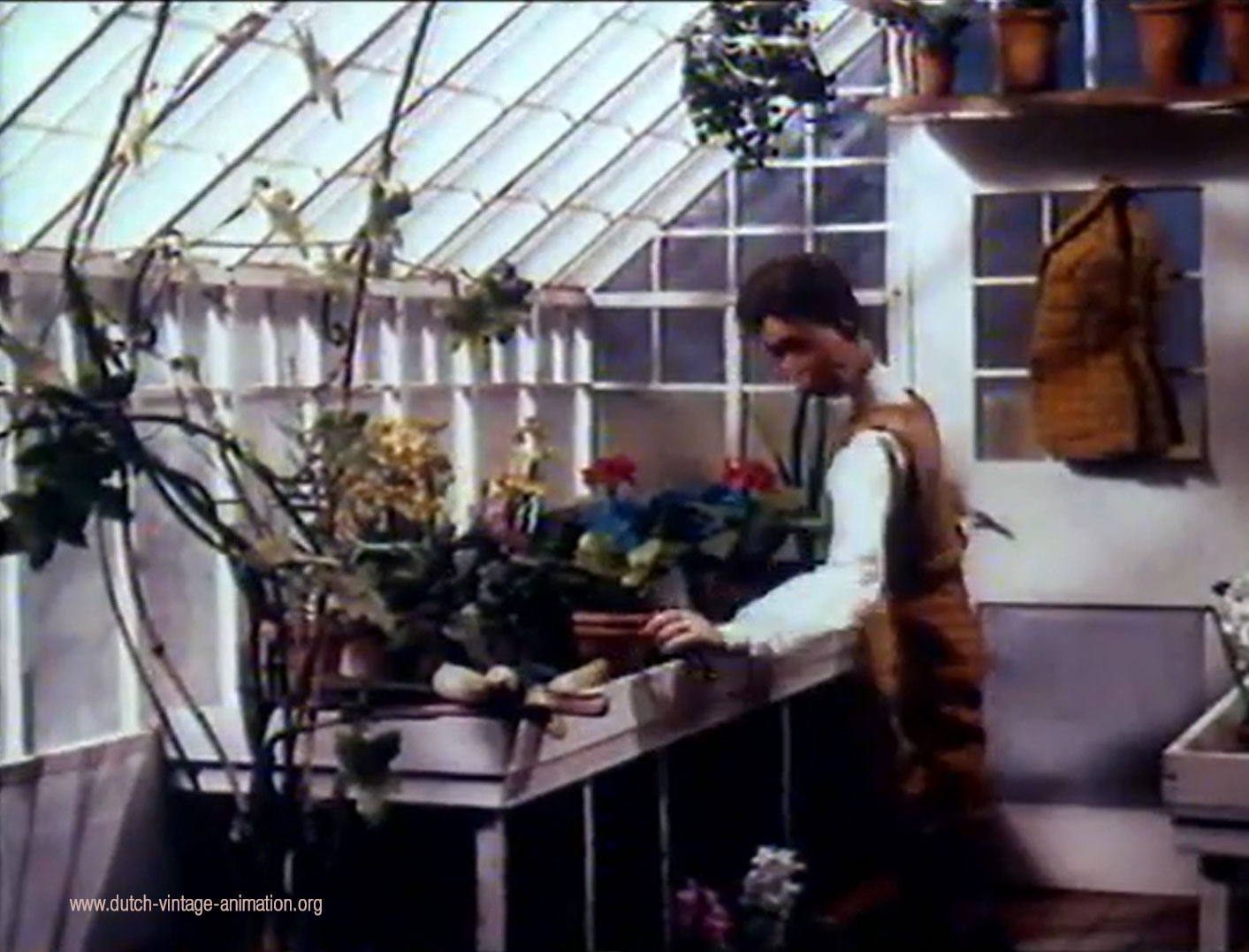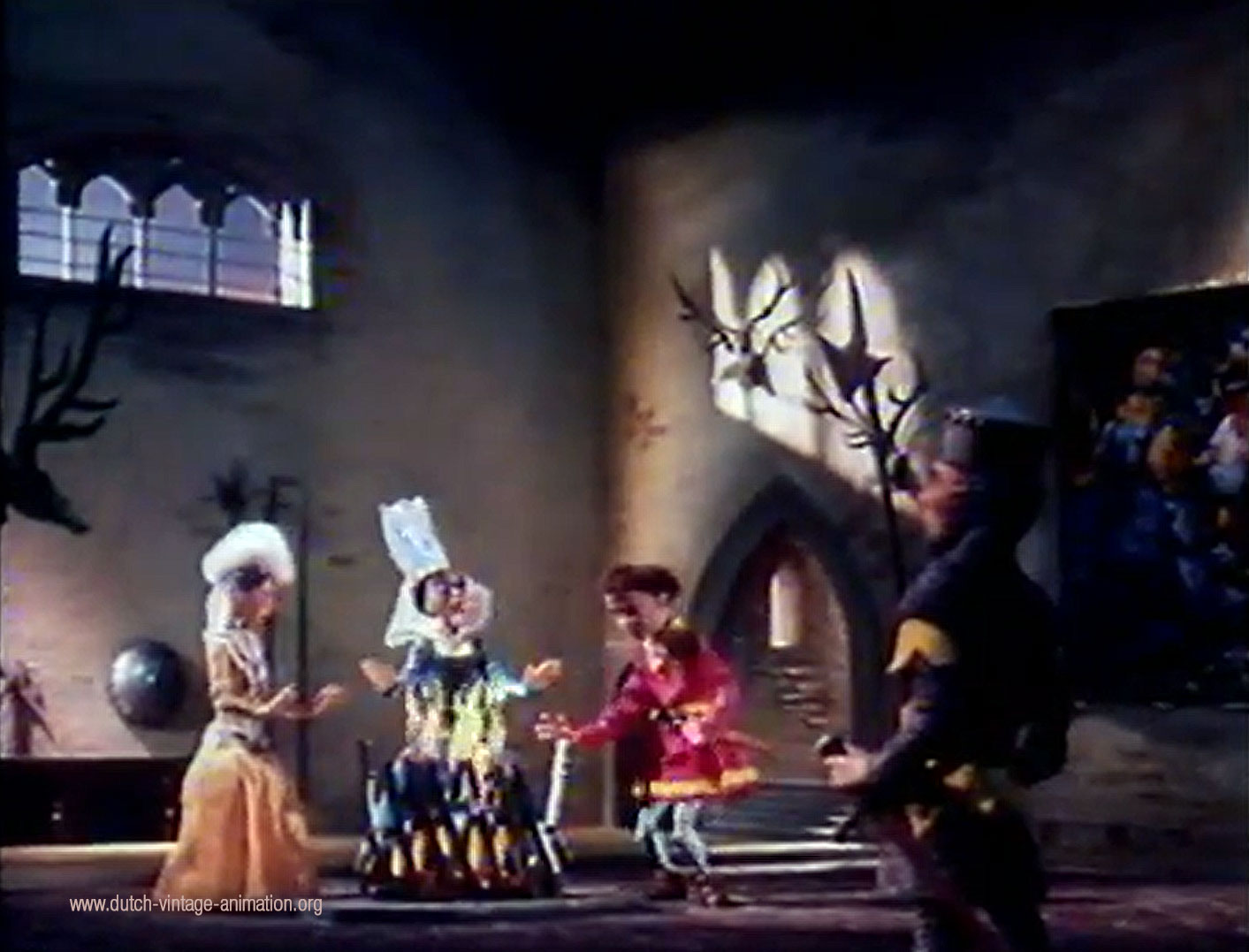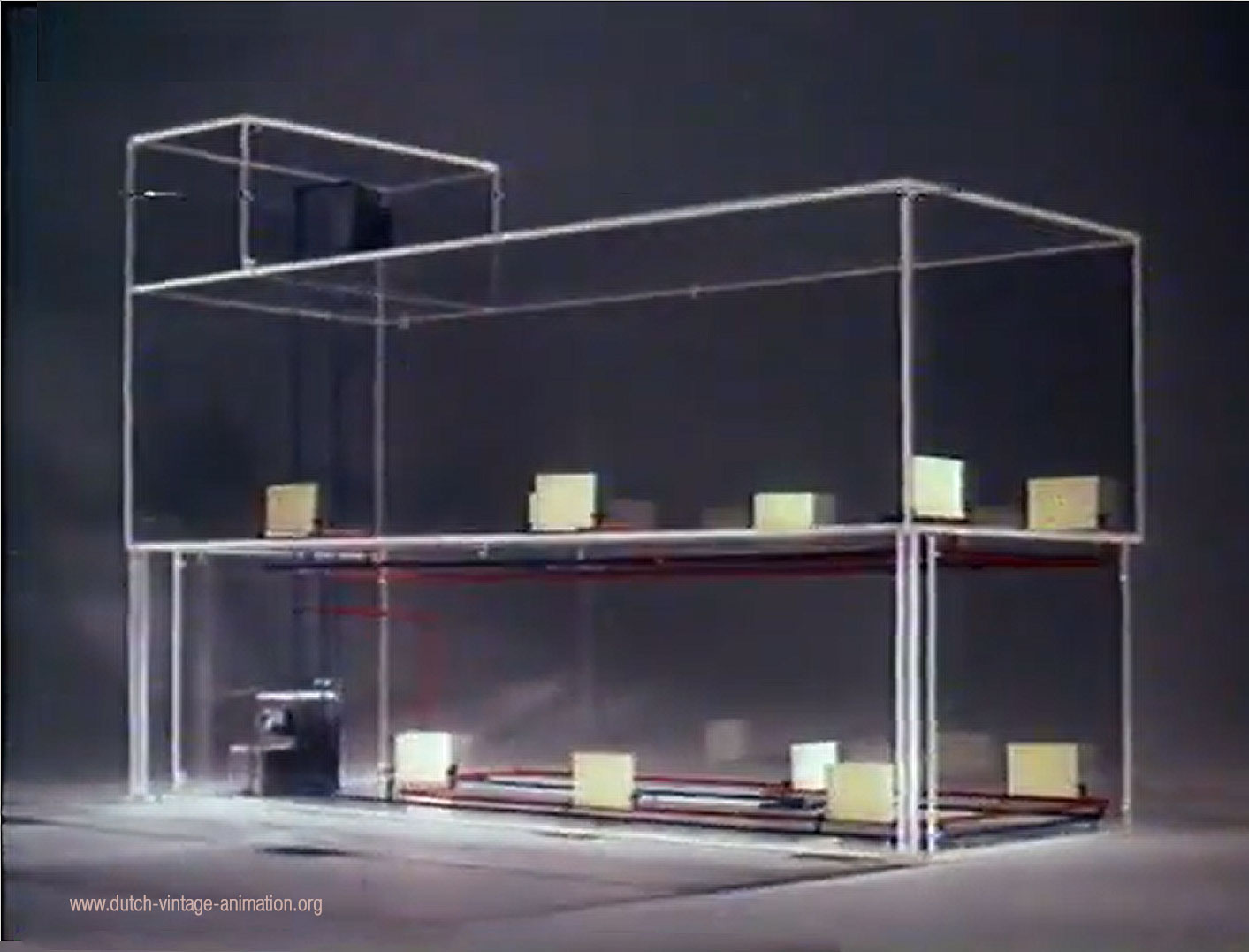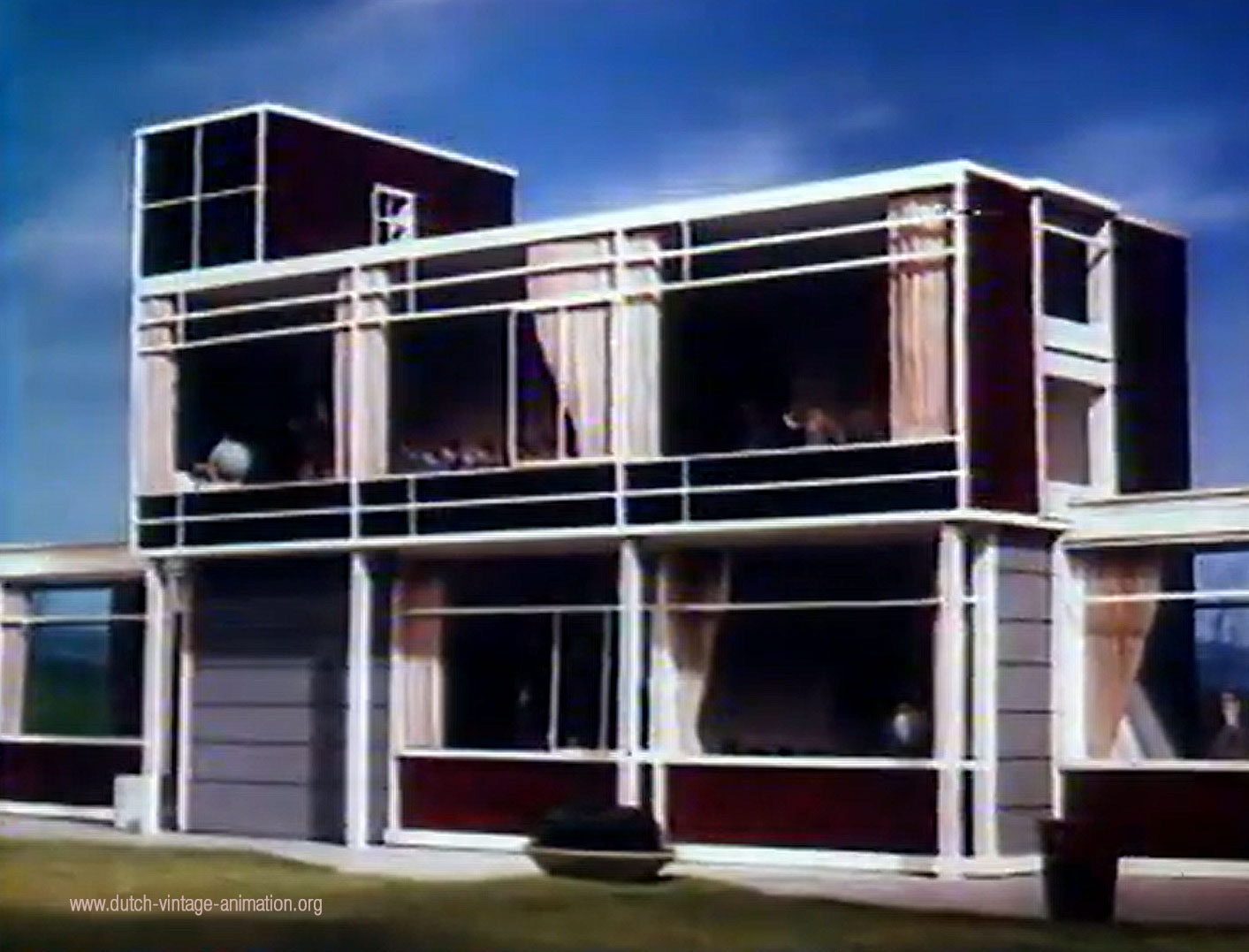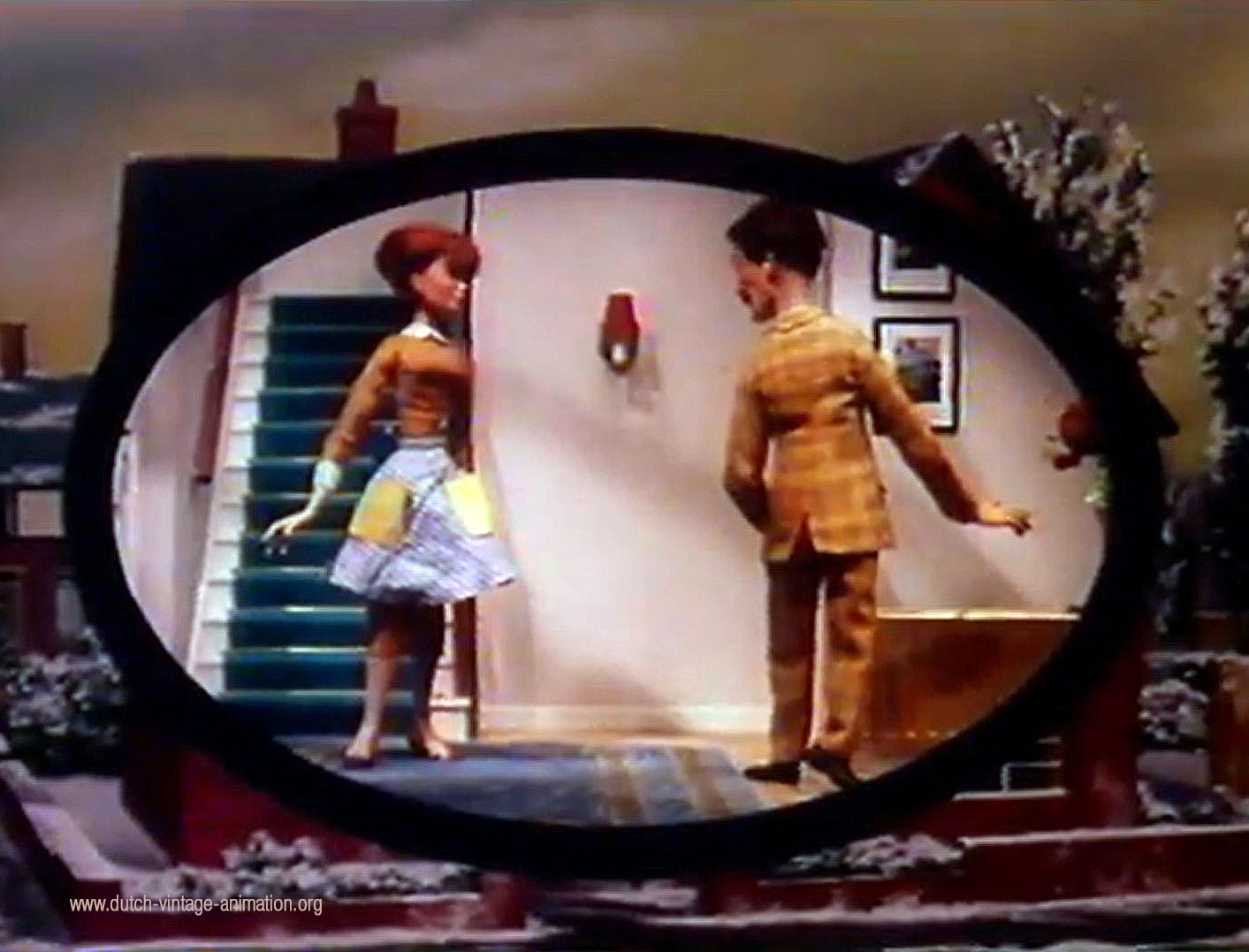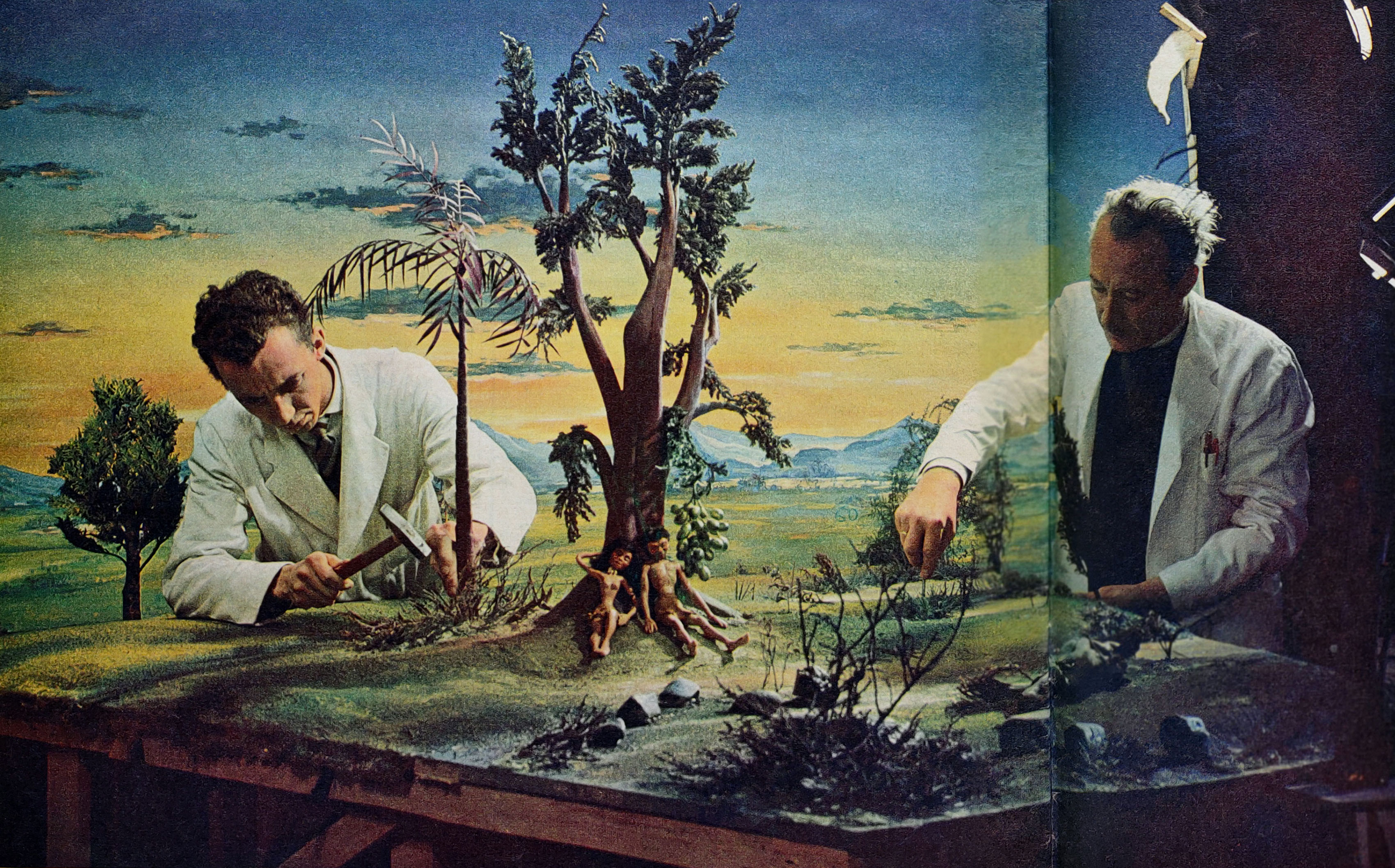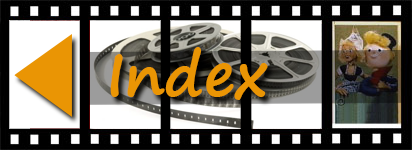Comfort
Throughout history, man has always sought warmth and comfort in his life. In a light-hearted, poetic way, 'Getting Warmer' tells what man has been confronted with in practice. Several inventions are shown. The results are mixed. Until the central heating makes its appearance in houses and buildings. This appears to be the ultimate solution. Of course, the fuel is delivered by tanker by Esso.
Trivia
This film was commissioned by an advertiser who had difficulty accepting the concept of a 'puppet film'. Animator Joop Bekker had to re-animate a number of scenes over and over again by order of the client because they were rejected. The client thought it was 'too funny' for this serious subject. Joop Bekker later said of this, "The client actually wanted to see live action and that's how the puppets had to be used."
The team at Dollywood put a spin on it and the results are stunning!
Where there is smoke, there is fire
In films like this, special effects were used in addition to puppets and sets.
Explanation:
'Burning fire' was created by painting the flames on thick cellophane and placing them between the fireplace blocks as cut-out cartoon elements. Through a hole, under the scenery, a small spotlight with a colour filter was often placed to emphasize the glow of the fire.
'Smoke'.
In several places, smoke can be seen curling out of chimneys. As long as there was no animated puppet around, a maquette could suffice, with real smoke rising from it. So this was live-action, filmed in a maquette. As soon as a puppet was in view, the smoke (or steam) was copied into the picture using double shots. This required tremendous precision. The smoke/steam was filmed separately. This was done against a black background. The 'pipe' was (just like the background) matte black and had to have exactly the same position in the picture as the chimney in the puppet film set. One did not have video editing facilities to position the image. The black background functioned as the current 'greenscreen' and became transparent after a number of operations. The smoke was integrated into the puppet film set in this way.
Similarly, a rainstorm could also be simulated. Bringing these natural elements into the picture was therefore very laborious. However, for the Dollywood staff, this was the only way this could be shown.
Graphical lines
At three-quarters of the running time, we can see how a framework is created in a seemingly empty setting, where pipes from radiators are shown. A building then forms around this. Now you would use a digital drawing program for this. Ready.
For this shot, the outline of the building was made from perspex glass, which matched the building exactly in size. Ingeniously, the corners and seams of the transparent model were illuminated so that the edges stood out like white lines against a dark background. This gave a graphic effect. The interplay of lines runs smoothly into a real building! Again, by means of a double shot, the second school model was filmed in the midst of a landscape.
More complex
The complexity of this shot is greater because two camera movements were recorded at the beginning and end of the shot. Know that film cameras did not have a "see-through viewfinder," so the cameraman never saw what he was actually filming. He had to rehearse this for himself beforehand (without film in the camera). There was no computer controlling the camera. It was hand work.
Brilliantly handsome but boring
At the end of the film, it is again shown in detail where the house comfort can be found. This shot lasts over a minute. This is currently 3x the length of a modern commercial. Whoever sees this scene now, will quickly experience it as slow and boring. Be aware that for the relatively new medium of commercial film, the transition from entertainment to commerce was a risky one at the time. The message had to be offered to the audience in an obvious way.
The balloons that appeared on screen were the result of threefold merging of different film shots: 1) the house, 2) the balloon frame; and 3) the image that appeared inside the balloon.
This required an extremely meticulous preparation, in which the collaborators had to be well aware of the technical steps needed to achieve this result.
Anyone who looks back at the scene now sees only a slowly told story. The technical ingenuity thus largely disappears.
Story of Home Heating
Dollywood had gained an international reputation for making realistic animated films that showed the history of a technique. Elsewhere on this website you can find such films as "The Story of time" (1949) (from Signal Film), "The Story of Light" (1954) and "Light and Mankind" (1954).
Not surprisingly, therefore, the working title of this film was "Story of Home Heating".
Credits
| Title: | Getting Warmer | |
|---|---|---|
| Client: | ESSO | |
| Year of productions: | 1963 | |
| Dureation: | 10 minuten | |
| Art Direction: | Henk Kabos | |
| Music: | Ger van Leeuwen | |
| Text: | Paul Jennings | |
| Commentary: | Derek Hart | |
| Animation: | Joop Bekker, Geert Knoef, Fred van der Boezem | 35 mm, Technicolor |
| Camera: | Bert Spijkerman | |
| Puppets: | Harry Tolsma | |
| Puppet clothing: | Lia Sten | |
| Format: | 35 mm, Technicolor |
